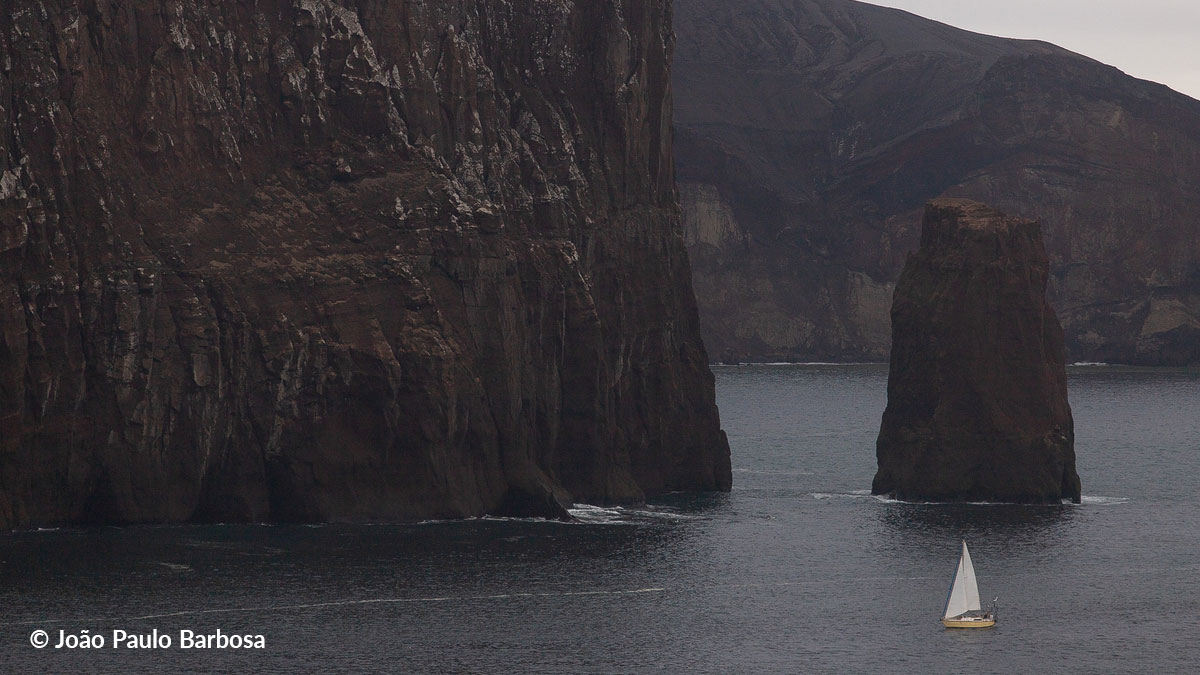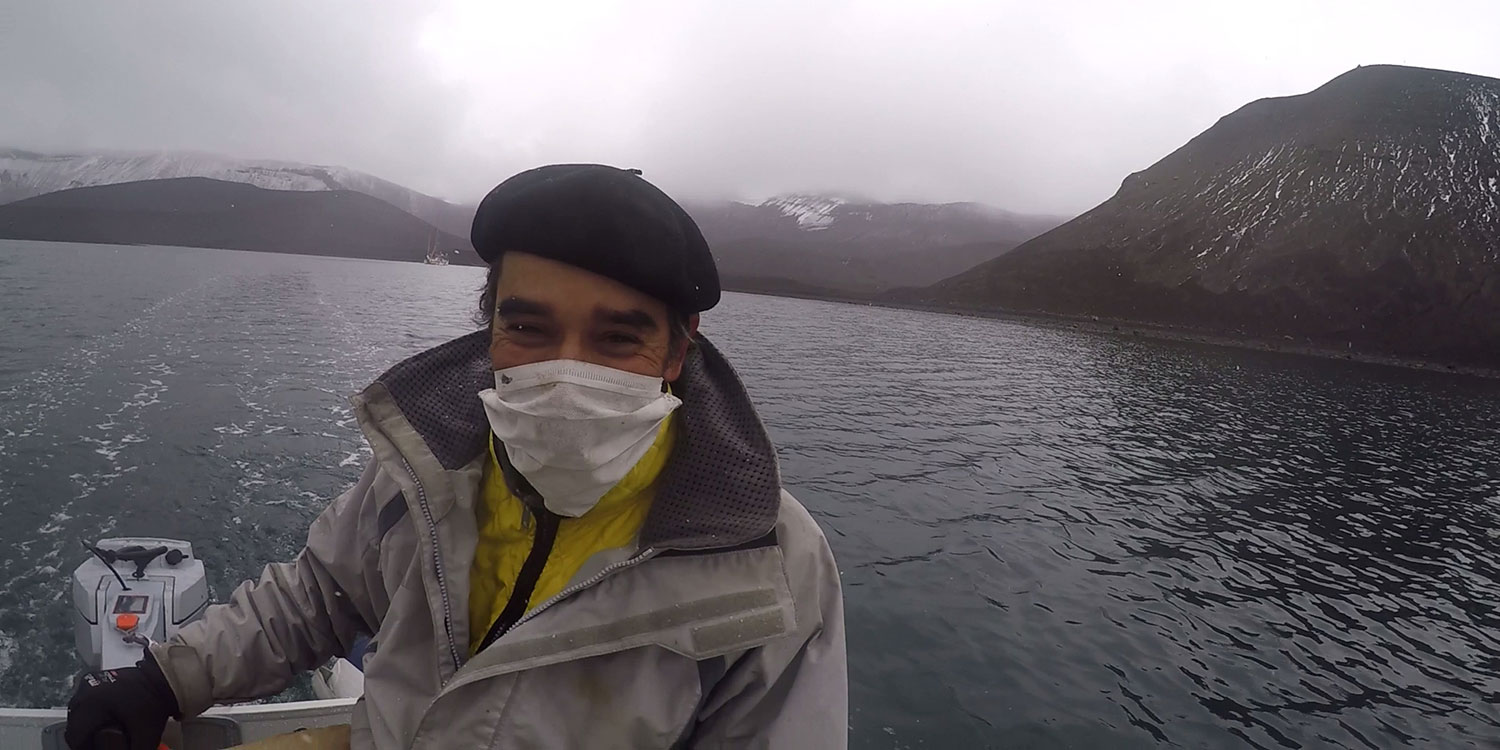


Manuel Pardi recently returned to his home port of Buenos Aires after a three-month 4,000-mile voyage in Pequod, a restored 28-ft steel-hull sailboat, to the continent of Antarctica.
And he did it sustainably with no fossil fueled engine or generator on board.
Instead, the boat was equipped with a Torqeedo all-electric auxiliary propulsion system, which was recharged by solar and wind energy underway.
Actually, this was Pequod’s second trip to Antarctica. The first was undertaken in 1987 by the sailboat’s original builder and owner Hernán Álvarez Forn. When Pardi started to plan his own voyage to the icy continent, he discovered Pequod abandoned and in a bad state of decay. He befriended Forn and together the two of them, with Francisco Gigena, an old traditional boatbuilder, worked to rebuild Pequod and make her seaworthy again.
Unfortunately, Forn died in November 2020 at the age of 94, just a couple of months before Pardi was due to set out on the voyage to Antarctica.

Manuel Pardi during his journey through Antarctica. Credits: Manuel Pardi
From the outset, Pardi wanted a boat that would be ecologically friendly and self-sustaining. “I wanted to get to the most pristine place on the planet without polluting,” he said. “My goal was to go to Antarctica generating zero carbon emissions.”
In rebuilding Pequod, they removed the old diesel engine and replaced it with a Torqeedo Cruise 4.0 pod drive with a folding propeller and a Torqeedo Power 48-5000 lithium-ion battery. For charging at sea, they installed an array of highly efficient solar panels, a 350W wind generator and a hydrogeneration system to create electric energy from water flowing beneath the boat. Naval-Electric SAS of Buenos Aires was responsible for installing, integrating and commissioning the complete electric system, which also included a battery monitor, charger, inverter, DC/DC converter and solar charge controllers, all managed by a mobile app.
Pardi and his two crewmen got underway on the first day of 2021 and arrived at Deception Island on the coast of the southern continent February 17, after a harrowing sail across Drake’s Passage with 10 to 15 ft swells. “The strong northwestern winds and mountains of water around us all made Pequod look like an ice cube in a cocktail,” he said. Pardi and his crew enjoyed a few restful days on the beautiful and spectacular volcanic island. Before departing for the return voyage, they honoured the family’s request and scattered the ashes of Pequod’s builder and original skipper, Hernán Álvarez Forn. They arrived back in South America in late March.
“The voyage provided convincing proof of the feasibility of an all-electric ocean-going sailboat with renewable recharging,” said Nicolás Fóthy, CEO of Naval-Electric SAS. “Pequod did not even carry an auxiliary fuel generator. That’s why this expedition is a milestone in sailing this latitude.”
“The Torqeedo system and the solar and wind generators performed flawlessly under challenging conditions of cold temperatures, high winds and heavy seas,” Pardi said. “We mostly were under sail, but we ran the Torqeedo drive during periods of calm and for manoeuvring in and out of narrow channels. It was a fabulous feeling to be gliding smoothly through the pristine waters of Deception Island with no noise, no exhaust fumes and no fuel sheen on the surface.”
More information:
Find high-resolution pictures at the: › Torqeedo Dropbox
Find the main catalogue 2021 here: › Catalogue 2021
Find the commercial catalogue 2021 here: › Commercial Catalogue 2021
To Antarctica and back without fossil fuels
- Sailboats
- People